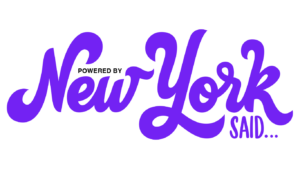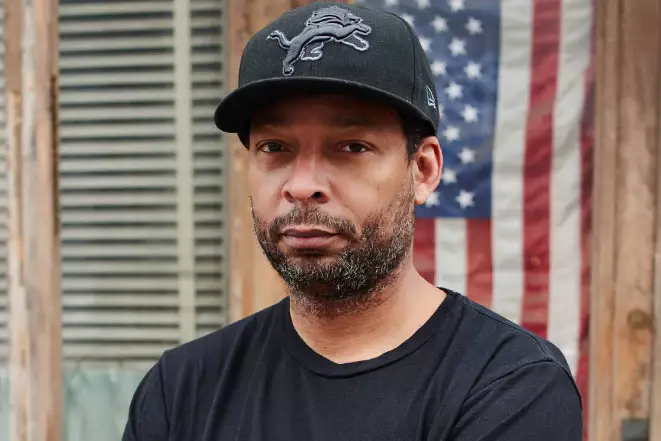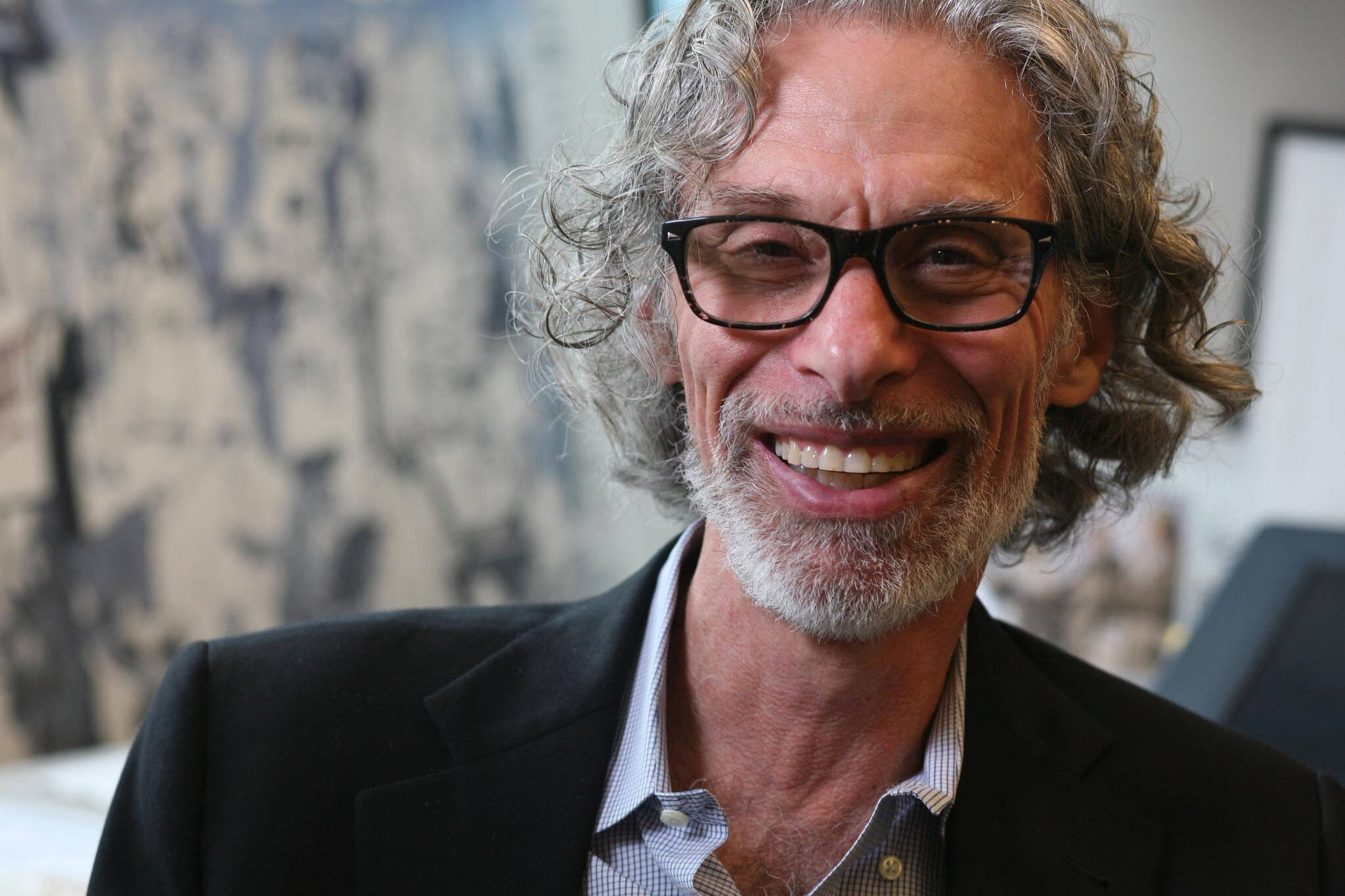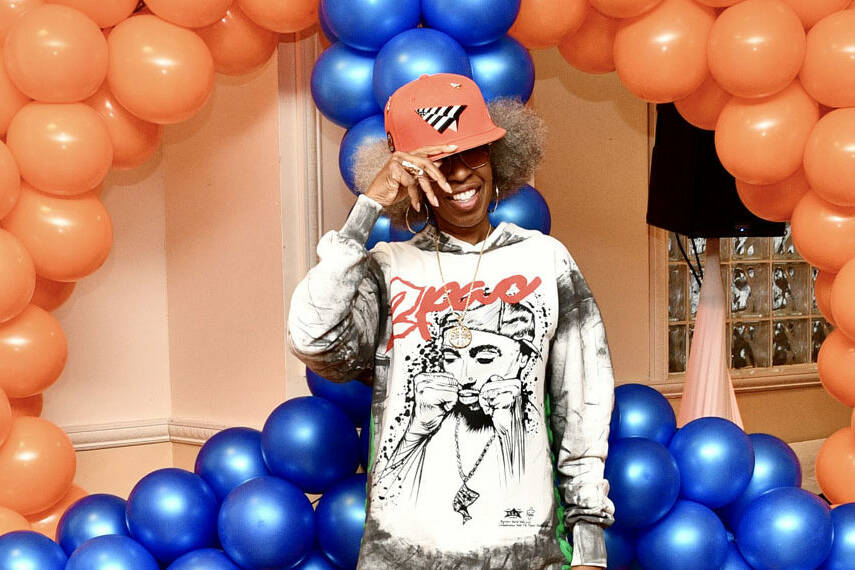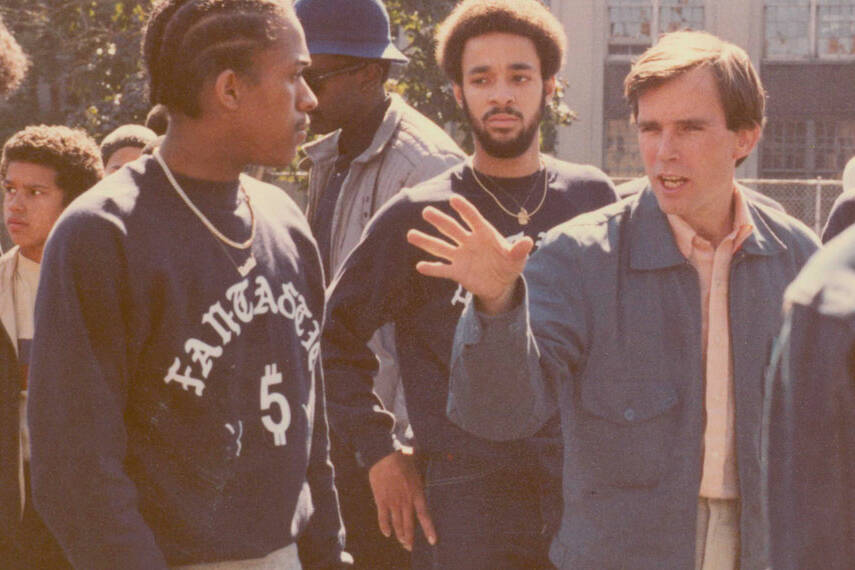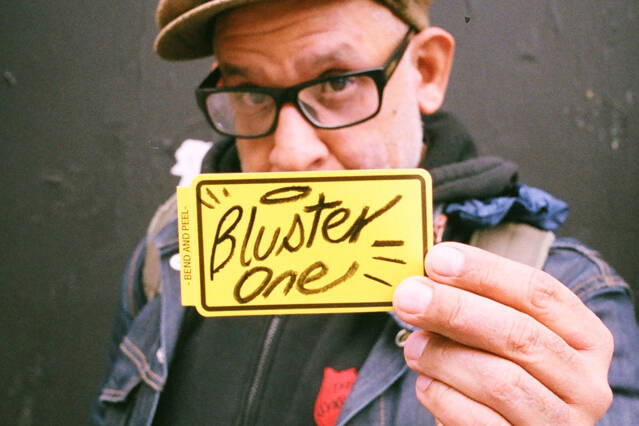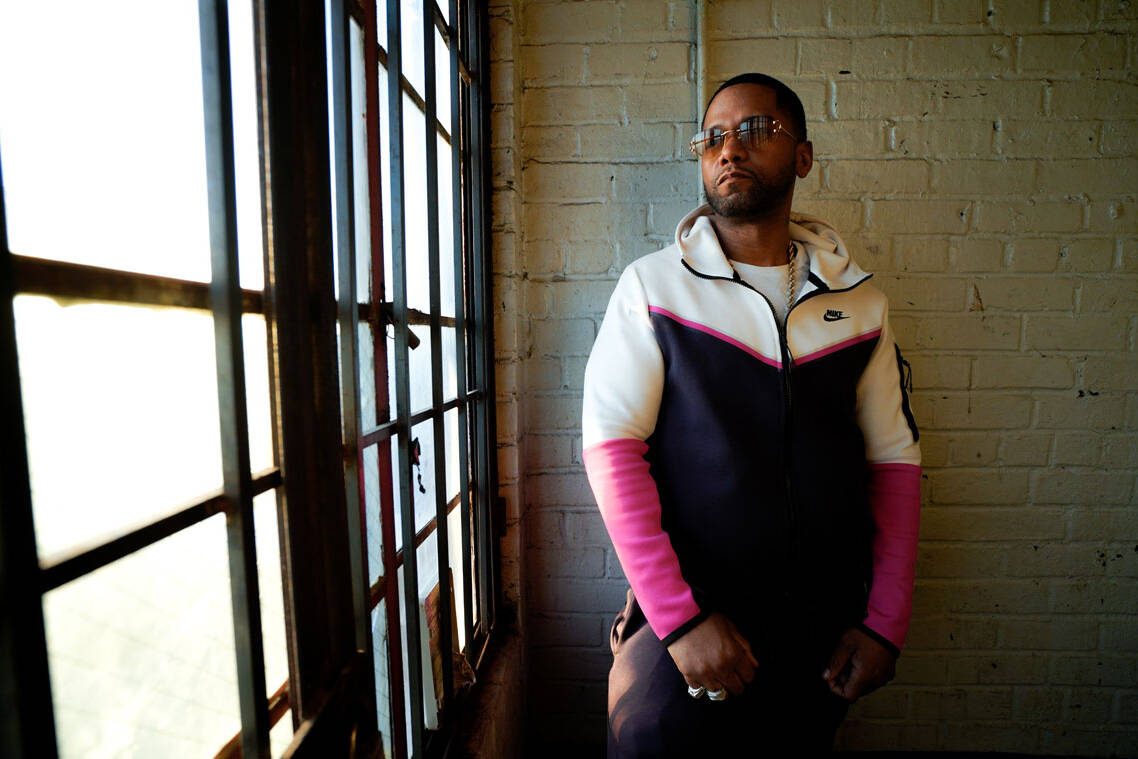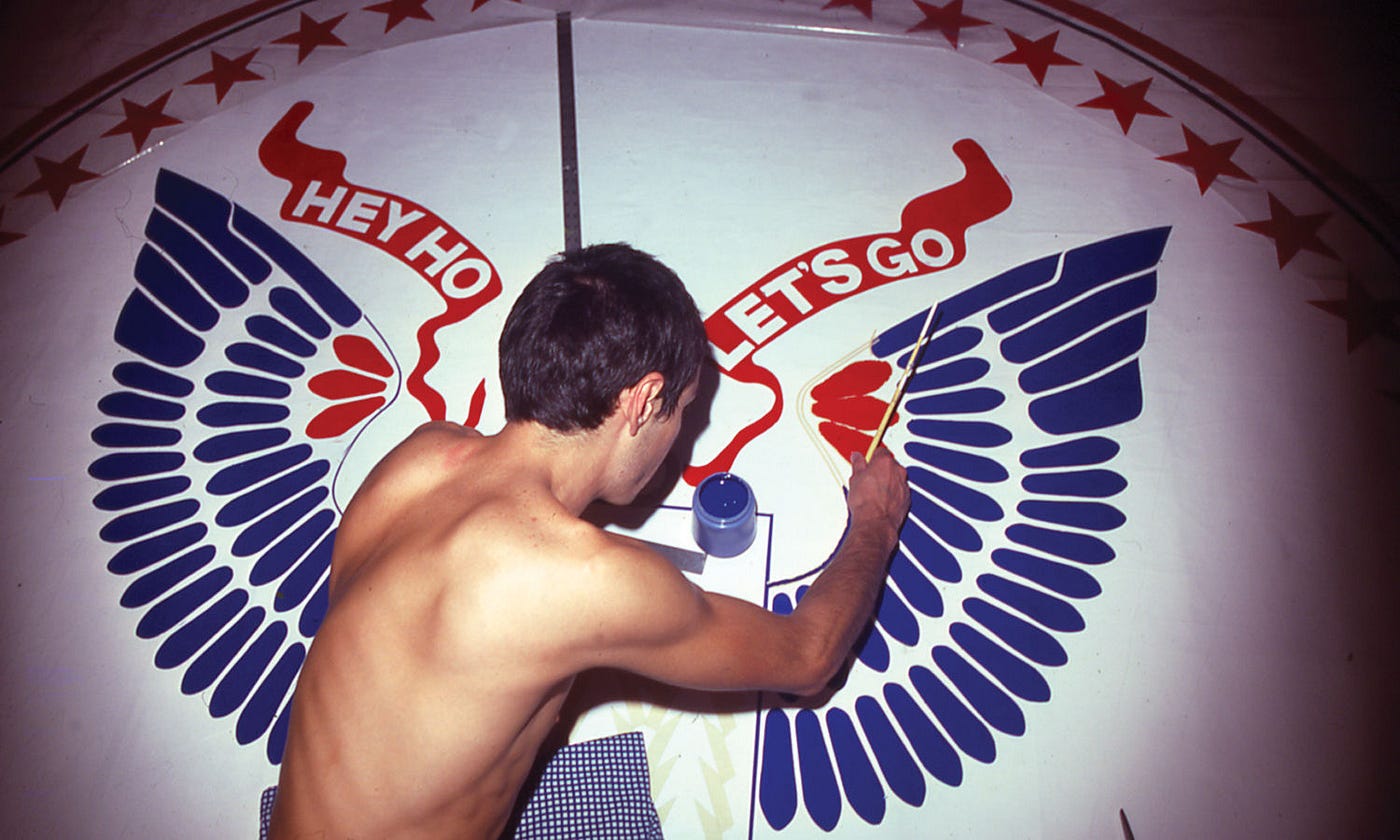
Arturo Vega, Designer of the Iconic Ramones Logo
When I met Arturo Vega, he sat behind a table in a booth at the SCOPE Art Show in midtown Manhattan. I didn’t know who he was. All I knew was that he was sitting at a table full of Ramones T-shirts, and I had this thought: “What if I interviewed this guy? Maybe, just maybe, I can get one of those Ramones T-shirts for free from this interview.” So, I asked him, “Do you do interviews?” He said sure.
Listen to Arturo Vega tell his History
As we talked, it was like someone pulled a veil off my eyes. The more he spoke, the more I realized, “Wait a minute, this isn’t some random guy working for an art gallery. This is the person who designed the iconic Ramones logo!” There was definitely some cussing in my mind once I realized this, but Arturo was very friendly and gracious. He shared much of his life story with me, something I am forever grateful for.
Vega’s artistic roots surprised me. It wasn’t a formal art education or a grand artistic awakening but a love for rock and roll, notably Elvis Presley, that sparked his creative journey. His first foray—a music collage featuring Mick Jagger—perfectly embodied the fusion of his passions. His ability to create from a place of pure interest and raw energy remained ever present throughout his entire career.
New York City became another crucial element in Vega’s story, and his description of the city in the 1970s painted a vivid picture. It wasn’t a romanticized version but a portrayal of a place overflowing with life, diversity, and a certain edge that fueled his creative fire. He often found inspiration amid the city’s chaos.
Then came the Ramones. The story of how fate connected him with Dee Dee Ramone felt like the meeting of kindred spirits. The iconic Ramones logo, born from his collage and photography background and his affinity for eagles (a recurring motif in his work), solidified the artistic partnership. Vega often aligned himself with projects that resonated with his personal aesthetic.
But Vega’s artistic philosophy extended far beyond specific projects. He spoke of his deeply personal relationship with art, advocating for creating from within, from one’s genuine experiences, rather than following trends or chasing external validation.
Arturo embraced painting, design, and photography. His “Eisenhower Dollar” and “Supermarket” series showcased his innovative spirit and unique approach to using everyday objects and words as artistic tools. The emphasis on primary colors and direct messaging expressed a desire for clarity and impact.
The conversation wasn’t just about art but about a cultural movement. Vega’s concerns about the commercialization of punk resonated. For him, punk was more than ripped clothes and loud music. It was a lifestyle, an attitude that embraced authenticity and challenged the status quo.
As our conversation wrapped up, Vega’s advice for aspiring artists—to persevere and utilize the resources available to bring their visions to life—resonated most. It felt like the essence of punk itself: doing the best with what you have and refusing to give up.
Arturo Vega’s story surpassed the world of the Ramones. It was about living an artistic life—a life fueled by passion, a commitment to one’s unique voice, and a stubborn belief in the power of personal expression.
This short reflection on my conversation with Arturo Vega offers a glimpse of his story. However, for the full spectrum experience, try scrolling back up and listening to the entire conversation to unlock the complete story.

